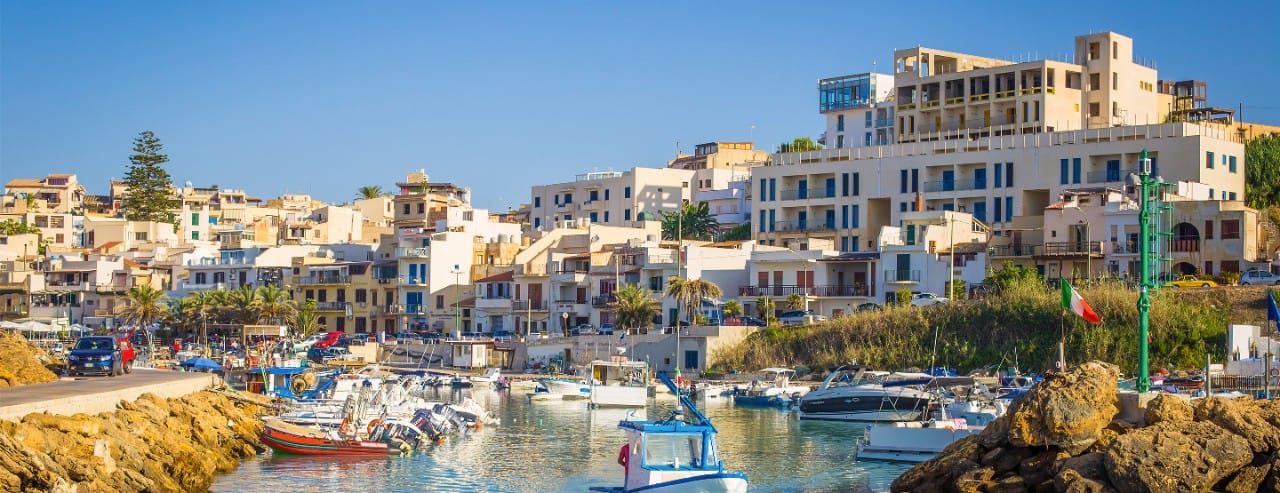Tucked between the Tyrrhenian Sea and rugged hills, Trapani reveals Sicily’s layered history. Ride the scenic cable car to Erice, a medieval hilltop village wrapped in clouds and legends. Wander baroque alleys, visit ancient salt pans glistening in the sun, and enjoy Trapani’s famed couscous and seafood.
